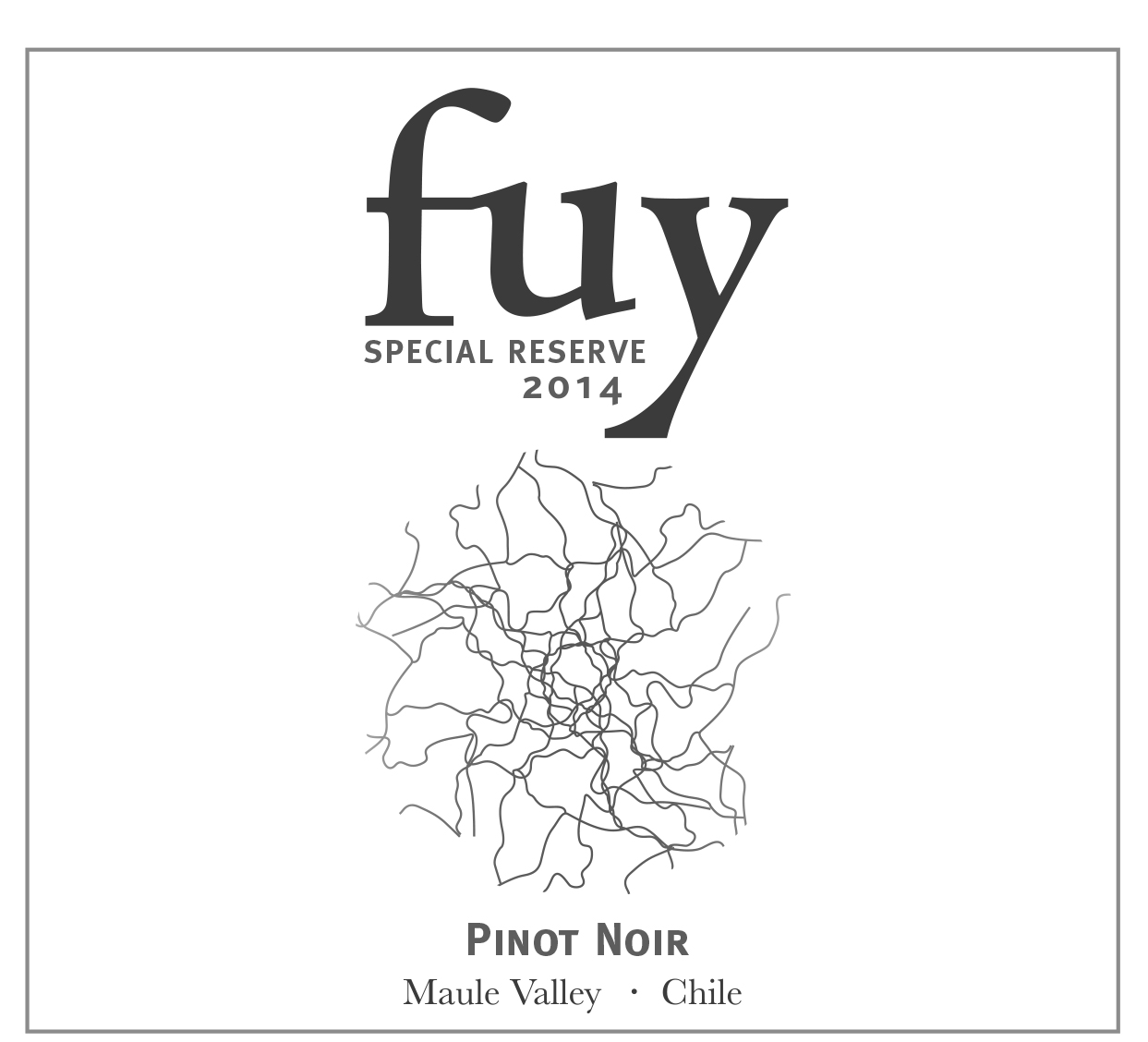2014 Maule Valley Pinot Noir
The Fuy Special Reserve 2014 is an exquisite expression of Pinot Noir from the renowned Maule Valley, showcasing a vibrant red hue that invites immediate attention. This wine features a medium body, gracefully balancing the fruit-forward profile with a lively acidity that enlivens the palate. The fruit intensity is prominent, revealing enticing notes of red cherry, raspberry, and a hint of spice, all wrapped in a delightful, smooth texture. The tannins are soft, providing a gentle structure that enhances the wine's elegance without overwhelming, making it food-friendly and approachable. With its dry finish, the Fuy Special Reserve invites a thoughtful pairing with various dishes or simply enjoyed on its own, reflecting the rich terroir of its region.
The Fuy Special Reserve 2014 is an exquisite expression of Pinot Noir from the renowned Maule Valley, showcasing a vibrant red hue that invites immediate attention. This wine features a medium body, gracefully balancing the fruit-forward profile with a lively acidity that enlivens the palate. The fruit intensity is prominent, revealing enticing notes of red cherry, raspberry, and a hint of spice, all wrapped in a delightful, smooth texture. The tannins are soft, providing a gentle structure that enhances the wine's elegance without overwhelming, making it food-friendly and approachable. With its dry finish, the Fuy Special Reserve invites a thoughtful pairing with various dishes or simply enjoyed on its own, reflecting the rich terroir of its region.




